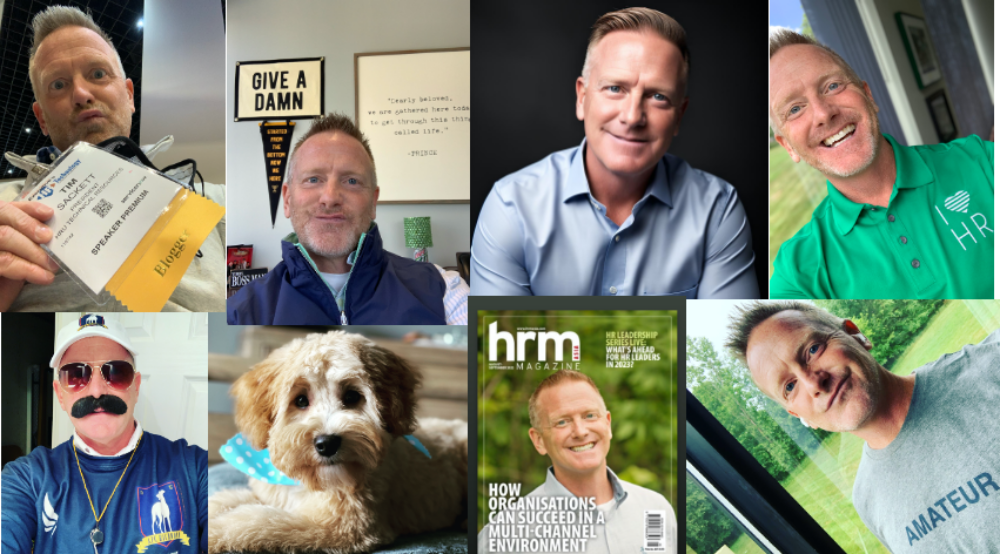I don’t know of one HR Pro I’ve ever met who didn’t say, behind closed doors, “My employees are Crazy!” It’s like school teachers when they go into that mysterious “Teachers Lounge”, once the door is closed and they are all in there with the other teachers. Didn’t you want to know what the heck they talked about!?!?
I can tell you because before I was in HR I was a teacher. Guess what? Teachers talk about the exact same things that HR Pros talk about. How crazy the kids/employees are that we have to deal with all day! The only difference is the physical age (certainly not mental age!).
So, I wanted to come up some of the reasons we think our employees are crazy to help out those crazy employees who want to come off less crazy at their next interview. It can happen! I don’t think employees are crazy, all the time, just at certain times. The problem is HR Pros have to deal with all the employees, so there is a good chance a crazy one is going to come across your desk at least once a day. Thus, the reason HR Pros think all of their employees are Crazy is because we deal with crazy every day!
Here’s why HR Pros think Employees are Crazy:
1. Your Boss tells us about all of your weird anxieties.
2. Your co-workers, that hate you, tell us about all of your weird anxieties.
3. We know your medical history – mental and physical – sorry, it’s part of the gig.
4. We find out every time you cry or lose it at work – every time – also part of the gig.
5. Your crazy-ass emails find their way to our inbox – thank your “work” friends for that.
6. We spend too much time talking about you in succession planning meetings, uncovering all that is wrong with you.
7. You rate yourself as “Great” on your self-assessments, and we know you are barely “Average”.
8. I know more about your divorce then your divorce attorney.
9. Your stories about your kids haunt me at night.
10. I know everyone you’ve slept with in the office – or tried to sleep with – or want to sleep with.
It’s a function of the job that we see and hear the worst and the best of all of our employees. Just like the school teacher who spends more time on a daily basis with your kids than you do as a parent, that teacher is probably going to know some things about them that you are unwilling to accept. HR Pros know some things about our employees, many of which they aren’t willing to accept, that’s human nature.
I’m only saying this so that you understand why we think you’re crazy – you are – you just can’t accept that you are! But, here’s the dirty little HR secret, we’re crazy as well!
